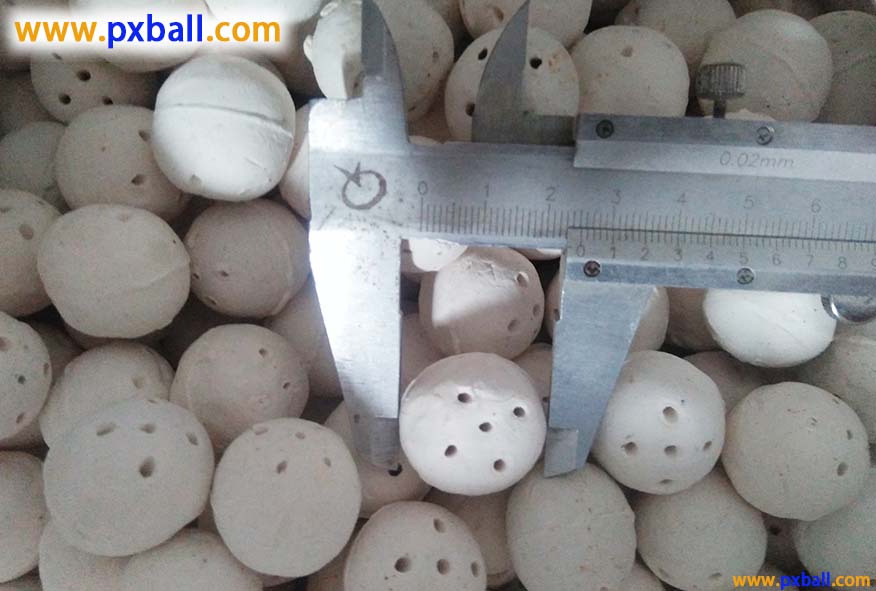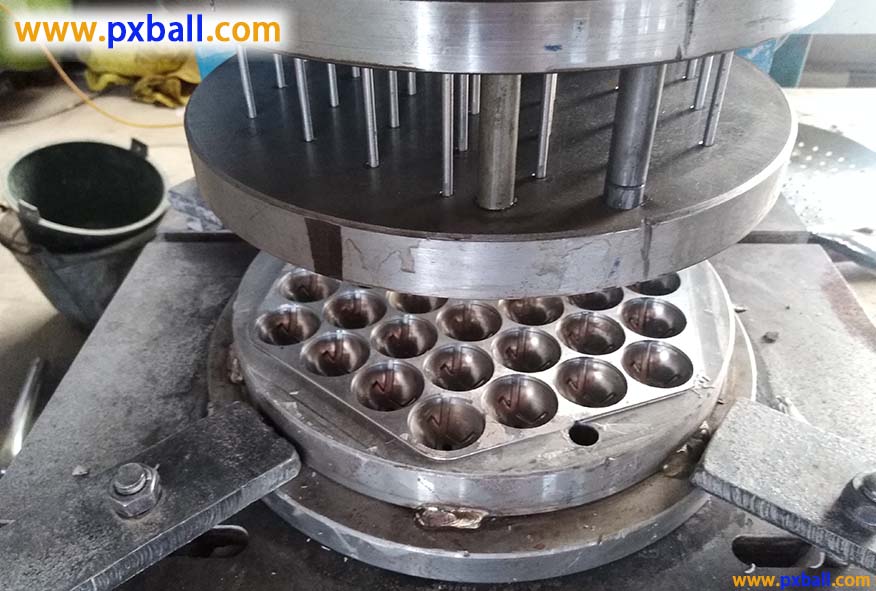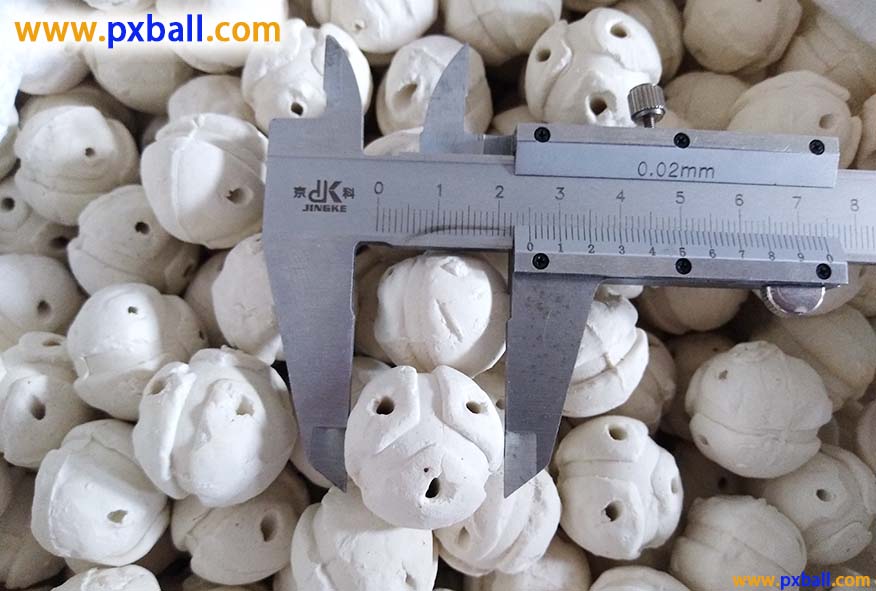brief introduction
Porous inert ceramic balls are a new type of ceramic material with various characteristics and wide application fields

characteristic:
High porosity: This is one of its main characteristics. The presence of pores increases the specific surface area and porosity of the material, enabling it to provide more reaction or adsorption sites, thereby increasing the contact area with other substances and improving reaction or adsorption efficiency.
Chemical stability: It has good chemical stability and can withstand corrosion from acids, bases, salts, and various organic solvents. In complex chemical environments, it is not easy for chemical reactions to occur, maintaining the stability of its physical and chemical properties.
Production process:
Raw material selection: High quality ceramic materials such as alumina, silica, kaolin, etc. are usually selected.
Molding process: Common molding methods include extrusion molding
Pore making process: This is a key step in producing porous inert ceramic balls.
Sintering process: The formed ceramic ball body is sintered at high temperature, and the performance of the ceramic ball has an important impact, which needs to be optimized according to specific material and process requirements.
This is a porous inert ceramic ball metal mold

Application areas:
Catalyst carrier: Due to its high porosity and good chemical stability, porous inert ceramic balls are an ideal catalyst carrier. The catalyst can be uniformly dispersed in the pores of ceramic balls, improving the utilization and reaction efficiency of the catalyst. Meanwhile, the thermal stability and mechanical strength of ceramic balls can ensure the stability and reliability of the catalyst during the reaction process.

Gas filtration: Porous inert ceramic balls can be used for gas filtration and purification, removing impurities, dust, and microorganisms from gases. Its pore structure can effectively block solid particles in the gas while maintaining gas flow and reducing filtration resistance.
Liquid filtration: It is also widely used in the field of liquid filtration, such as liquid filtration in industries such as petroleum, chemical, and pharmaceutical. It can remove suspended solids, precipitates, and impurities from liquids, improving the purity and quality of liquids